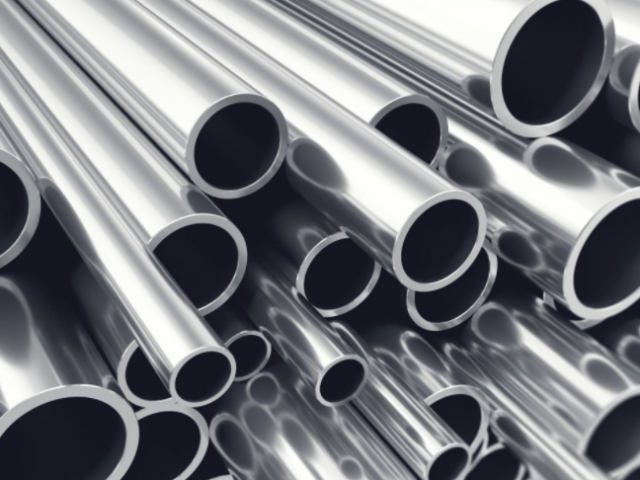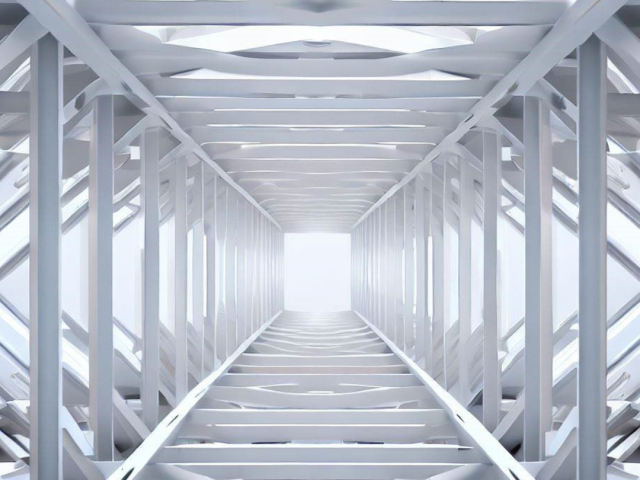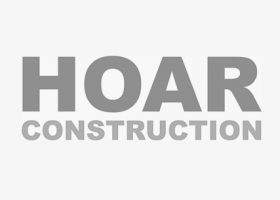Anyone that’s been in the industry will tell you this: House framing is a complex process. It depends on a number of factors including the construction size, number of levels, type of framing, to name a few. Everything has to fit together, from laminated lumber studs to foam-based adhesives and nails, so that entire structure is not only cost effective and built quickly, but is durable and lasts long.
Keep on reading to learn about the most common building material types including wood framing and metal framing, and all their benefits.
What materials are used in home construction?
Different sections of a house have their own set of required materials, such as light gauge steel, glass, wood framing and concrete. Each material has it’s own pros:
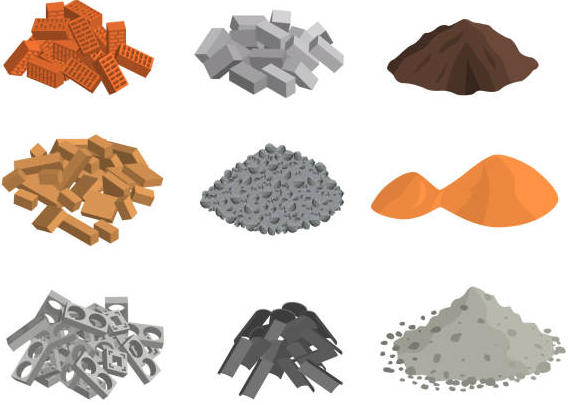
Wood framing:
Historically, wood has always been the home builder’s material of choice and for many good reasons. Wood construction application offers several natural advantages as it is one of the quickest, economical and flexible building materials. It can be sourced locally and is very easily transported. It has lower embodied energy, making it a natural thermal insulator.
<< Read more about the benefits of wood here >>
Metal framing:
Metal is a common construction material for commercial and mixed use buildings, skyscrapers, industrial structures. It is ideally suited to handle the structural loads faced by large buildings and can be used for roofing or external surface covering. Metal is fire-resistant, durable and can withstand adverse environmental conditions.
<<Read about the history of cold formed steel framing here>>
Plastic:
For plumbing and other uses in the home interior, plastic can work well with other construction applications. Its boasts various properties such as being lightweight, flexible low cost – making it a popular material in the construction industry. However it is highly flammable and not biodegradable, making it one of the more environmentally unfriendly alternatives.
Cement:
Cement is the primary ingredient in a concrete mix, but it is also used as a binder. Cement is suitable for all climatic conditions, as it is great at resisting heat, and is highly resilient to the wear and tear it’s usually subjected to. The cons being that it gathers dirt and moisture rather easily and can brittle with time.
Glass:
Contemporary and urban buildings use glass for beautification and instill a of openness. Glass is UV-resistant, energy-efficient and comes in several reflective surfaces to ensure your privacy. But the costs for purchase, installation and maintenance are high.
Bricks:
Bricks make for sturdy, fireproof foundations. However, they are quite heavy and vulnerable to moisture damage and mold.
Although brick and concrete are used for construction like roads, pools and other sturdy structures, people prefer wood or light gauge steel for houses.
Not only that but, manufacturers and builders alike use wood framing software or metal framing software to improve the integrity of the overall build using tools for modeling, clash detection, engineering and CNC output.
Now let’s take a deeper dive into wood framing and metal framing
Types of wood framing
Homes built using pre-treated wood frames are considered “stick-built” homes. Before framing is started, concrete foundations are poured along the perimeter, which gives support to the home’s exterior walls. Builders sink beams into these slabs for the needed support for interior load-bearing walls. Wood construction applications use different types of framing: 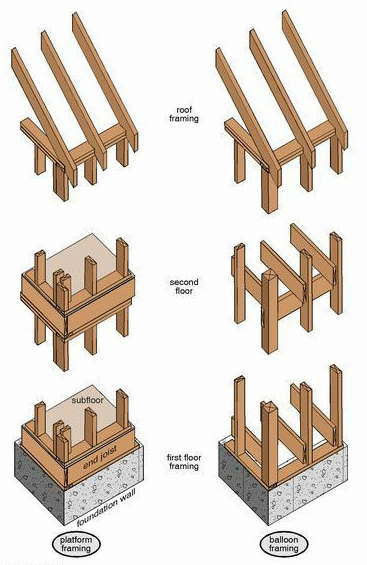
- Balloon framing: Balloon framing characteristics are wall studs that run from the foundation to the entire height of the house. Although once popular, balloon framing is now replaced with platform framing. The primary reason for this shift is there is no way to prevent fire spreads between floors. Although, recently, builders have been using metal framing to decrease fire risk.
- Platform framing: Here, a subfloor is built over the concrete foundation, and wood framing is laid over this subfloor. This method makes each floor independent and offers more construction stability. There is a lesser risk of a fire hazard. Unlike balloon framing, it does not require scaffolding to work on the upper floors.
Understanding light gauge steel framing or cold formed steel framing (CFS)
Cold formed steel (or CFS) is a fabrication technique. The technique involves the roll-forming of metallic covered sheet steel through a series of dies, into different components such as studs and joists. U
nlike hot-rolled steel, cold-formed steel does not require heat to create the components. In addition, steel is available in a range of thicknesses to suit a wide variety of structural and non-structural uses.
Using Revit framing software in your next construction project
Whether you are a homeowner looking to renovate some area on your own or an established construction company, taking the help of the latest technology can make your job a whole lot easier.
Especially for residential elements, Revit framing software can help you with the modelling, clash detection, engineering and manufacturing.
Who can use the software?
- General contractors
- Project managers
- Trade contractors
- Construction companies
- Custom home builders, etc.
Advantages of using Revit framing software
Here’s why you should start using high-quality, specialized framing software for wood and metal construction applications:
-
Analysis
Users can analyze and design several framing elements like trusses rafters, joists, beam-columns, load-bearing walls and much more. Make virtually unlimited configurations to enhance accuracy and improve decision-making. You will be more productive when you have all the data. -
Risk Management
When you are using half-timber frames for construction, it is essential to plan and prepare ahead to minimize risks. For instance, you are constructing a circular turret tower on a house; many things could go wrong. From tracing the arc, radius and overhang run – everything needs precision. Modernized wood framing software can reduce this volatility. -
Project Management
With every large construction project, there may be some unexpected delays. Very rarely, there is a project that has no issues since it commences. By detecting the obstruction in the framing process, you can better manage time and resources. -
Cost control
By eliminating or decreasing the issues, the project can finish within the budget. Utilize Revit framing software to hit your target and reduce costs. There won’t be any re-dos after the initial inspection. -
Eliminate errors at construction site
Create intricate structural framing in a 3D model, with electrical and mechanical components. Integrate with any leading wood member sizing software or send the output to CNC machine controllers.
The template-based wood framing software and metal framing software from StrucSoft Solutions, MWF, is an efficient tool that lets you create custom framing. Apply the data automatically to your 3D project and achieve the highest level of precision.

For more information on our products or design services, visit strucsoftsolutions.com, email us at info@strucSoftsolutions.com or call us at 514-538-6862

